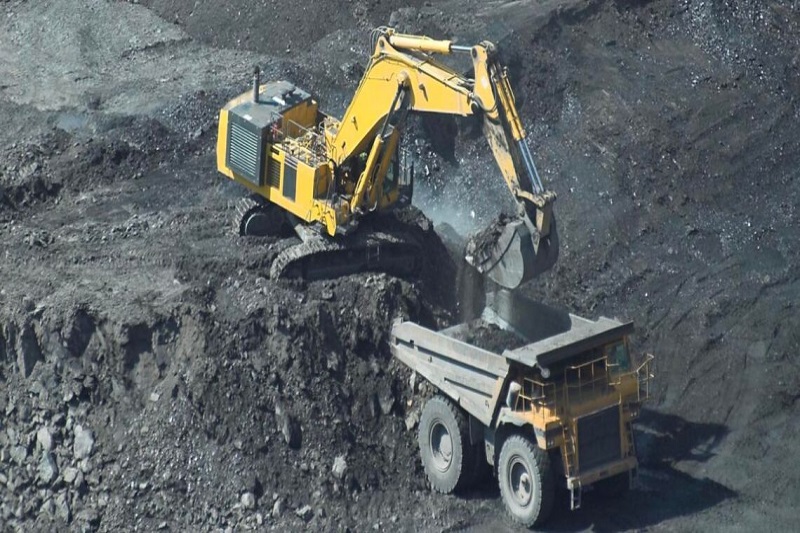Last updated on November 7th, 2022 at 11:00 am
In a statement released on Friday, the World Bank said that South Africa, a country that puts out a lot of greenhouse gases and is having trouble switching to a more sustainable energy system, had been given $497 million to change one of its older coal-fired power plants.
South Africa, the leading industrial power on the African continent, continues to get 80% of its electricity from coal, which is a pillar of the South African economy and employs nearly 100,000 people. A delegation from South Africa will accompany President Cyril Ramaphosa to COP27, which will begin on Sunday in Egypt. President Ramaphosa will also attend.
However, the nation is plagued by constant power cuts since the government-owned utility Eskom is unable to produce enough electricity with its aging facilities, which are, on average, 41 years old and are badly maintained. This results in the country being without power.
According to a statement released by the organization, the World Bank has “approved financing in the amount of $497 million to cut greenhouse gas emissions in South Africa and support a just transition.” The Komati power plant, located in the northern part of the Mpumalanga province, will undergo a conversion with the assistance of finance, which will come in the form of loans and grants.
On Monday, after more than sixty years of operation, the facility was finally put out of business. When it was finished, the power plant used up to 12,000 tons of coal a day, had nine separate producing units, and produced twice as much electricity as all of the other plants in the country combined.
Related Posts
According to the World Bank, it is going to be transformed into a renewable energy production site that will be powered by 150 megawatts of solar power, 70 megawatts of wind power, and 150 megawatts of battery storage. This will “set an example” for the energy transition that South Africa, a powerful country, will make.
According to the release, the head of the organization, David Malpass, stated that “reducing greenhouse gas emissions is a difficult challenge worldwide, particularly in South Africa given the high carbon intensity of the energy sector.” Malpass was reported as saying this in the statement.
In order to finance the transition to greener options, South Africa was successful in obtaining $8.5 billion worth of loans and grants from a consortium of wealthy countries last year. A contentious beginning to the negotiations regarding the allocation of the funds was scheduled to take place prior to the COP27 meeting. The World Bank estimates that the nation will require a minimum of five hundred billion dollars in order to achieve carbon neutrality by the year 2050.

